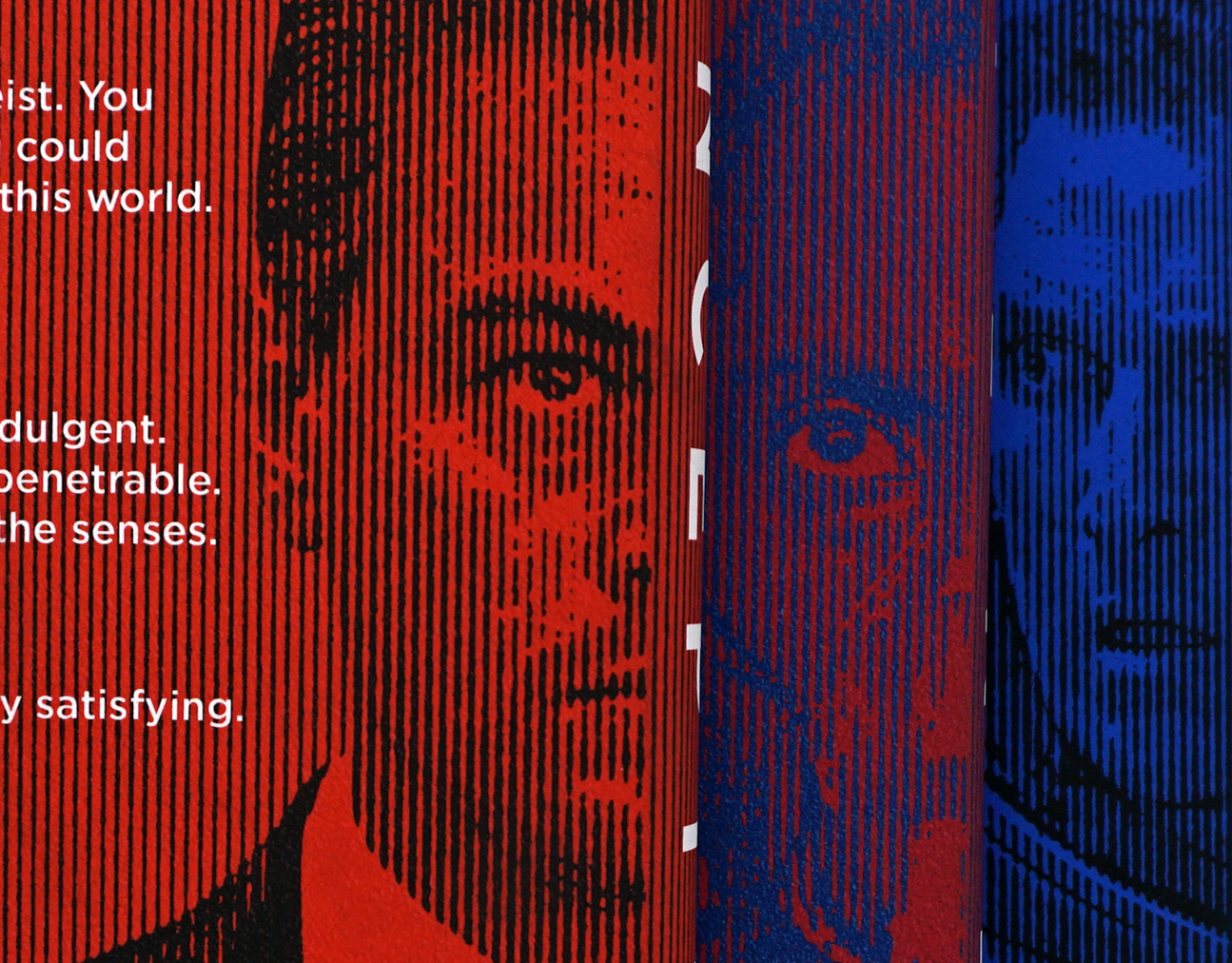Dino-succulents
Repeat Pattern
I illustrated a repeat pattern from a set list of concepts and had to expand the theme by integrating another word of my choice. So, I chose “succulent” out of the select list and added “dinosaur” as my personal word to create some character. My process included mood boards, thumbnail sketches, final reworks, and the finished prints in two different color schemes. Lastly, they required a scanned-in texture, which in my case was crumbled paper. My pattern fills up the space and stays visually balanced because of its flat nature, color choice, and opposing directionality. The challenge was avoiding obvious repeat edges. The solution was to establish a hierarchy that utilized each separate illustration like different-sized puzzle pieces. I created large dinosaurs, medium-sized plants, and dainty dots to do so. The final touch was making fabric swatches to show off how the amount of detail in the patterns held up on a surface.
TWO WORDS, ONE CONCEPT
The list was very selective which allowed me to use my imagination and pick an interesting word to pair with it. Topics were: garden, cats, dessert, village, succulents, or ocean.
Naturally, as a succulent lover myself, there was only one clear option in my head. I took note of how my plants looked like spikes on a stegosaurus! Of course, dinosaurs and plants are common whimsical subjects of repeat patterns, as discovered in my research. But I wanted them to become one creature—Dinosucculents if you will—coexisting with other gardening tools. Check out my word association list.
PATTERN TILE
In order to make a consistent repeat pattern, I created a tile in Photoshop using the offset tool to make the repeating edges seamless and integrated. Here you can see one of the last attempts before the final version.
COLOR STUDIES
Below were my top three color studies I sketched out. The first one leans into the classic, toy-like, bright color palette and keeps the playful nature of the pattern. The middle one uses a combination of bright colors and realistic (dirt) neutrals for a darker look. The third is more muted, softer, unified, and naturalistic. I ditched the middle one because of how the colors mess with the figure-ground relationship. It puts an unbalanced emphasis on the larger icons.
Both gender-neutral color schemes satisfy the playful nature of these creatures and utilize blue-greens and terracotta. With the evened-out line weight, it allows large amounts of intricate shapes and dots without being lost or overly full. The final step was to get the patterns printed on fabric to check the integrity of the designs and color on a realistic surface.









